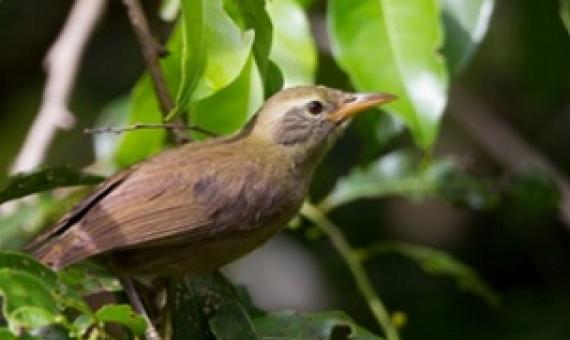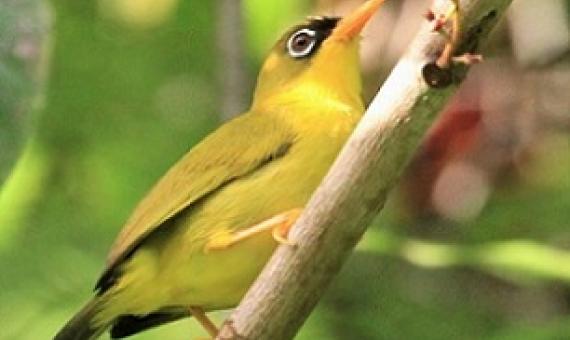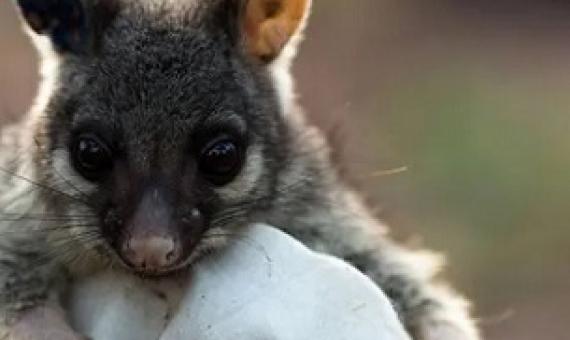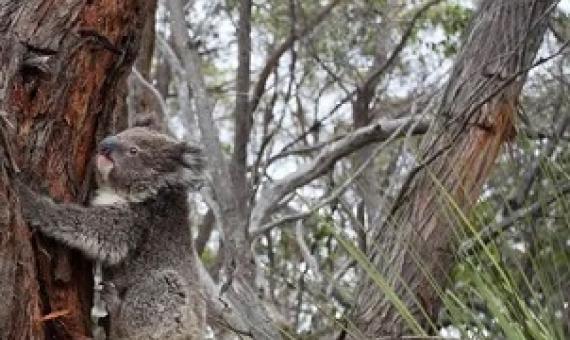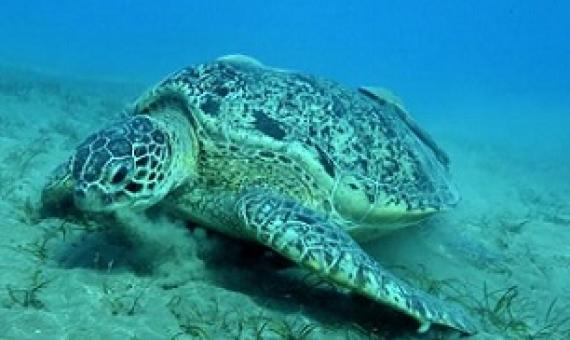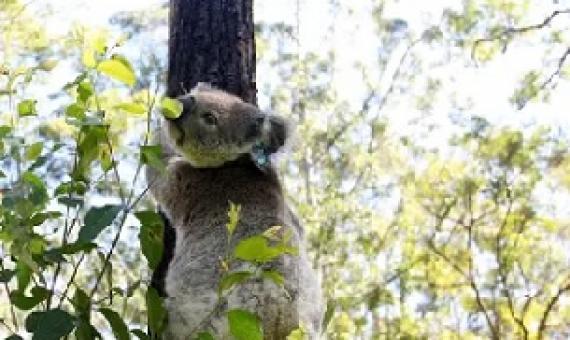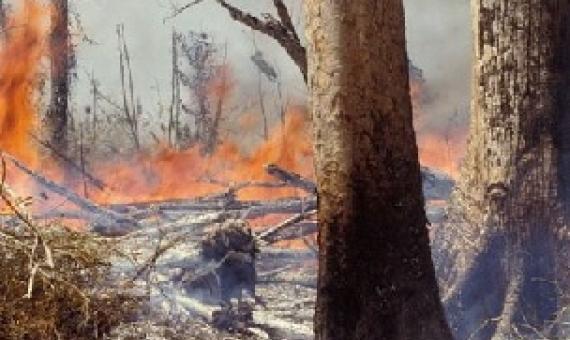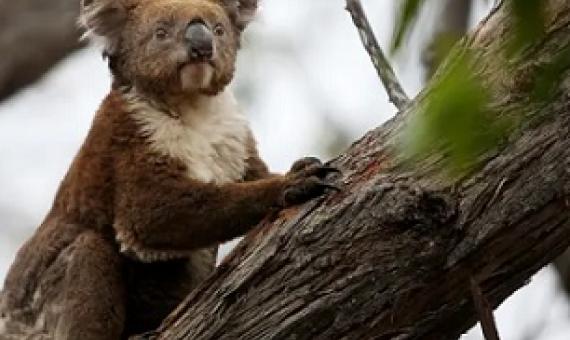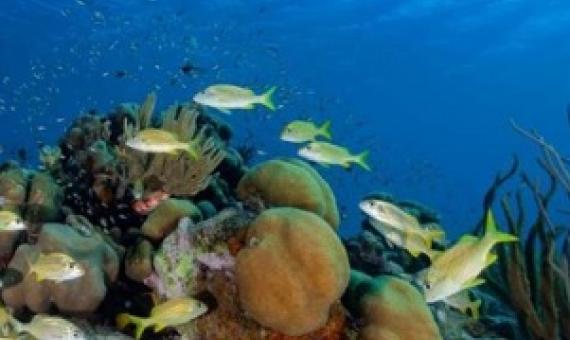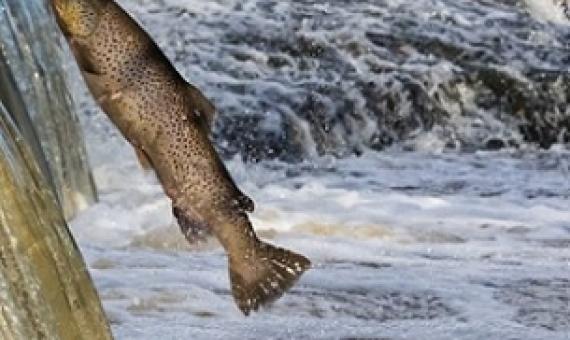The conservation community has fiercely debated whether to help species move as climate change and habitat loss threaten more extinctions. Now, scientists are calling on an upcoming international conference to set guidelines for this complex – and potentially risky – challenge.
Enviromental advocator and outspoken Malaita man from Ontong Java Lawrence Makili has raised concerns about the need to preserve Gizo white-Eye...scientifically known as the Zosterops Iuteirostris only found on Gizo islands in Western province...Mr.
Human activity is fundamentally altering the distances the world’s animals need to move to live, hunt and forage, according to a study that examined the impact on more than 160 species across six continents.
Tens of thousands of hectares of bush could be at risk under a New South Wales government proposal to allow rural landholders to clear up to 25 metres of land from their property’s fence line, analysis by WWF-Australia shows...The proposal, which was not one of the 76 recommendations from th
...around the world, ecosystems and wildlife face growing threats from human activities, habitat loss and climate change. If one species dies off, its predators don't have as much to eat — and the cycle repeats.
The Forestry Corporation of New South Wales could face more than $1m in fines for the alleged illegal logging of trees in protected areas, including koala habitat, in the state’s north.
Plants and fungi hold promise as future medicines, fuels and foods, according to the Royal Botanic Gardens, Kew. But opportunities are being lost to use this "treasure chest of incredible diversity" as species vanish due to habitat destruction and climate change.
The koala is being considered for official listing as endangered after the summer’s bushfire disaster and ongoing habitat destruction on the east coast forced the government to reconsider its threat status.
A UBC Okanagan researcher has developed a way to predict the future health of the planet's coral reefs.
A new report finds that migratory freshwater fish species have declined on a global scale by 76% since 1970, with the highest drops experienced in Europe.

